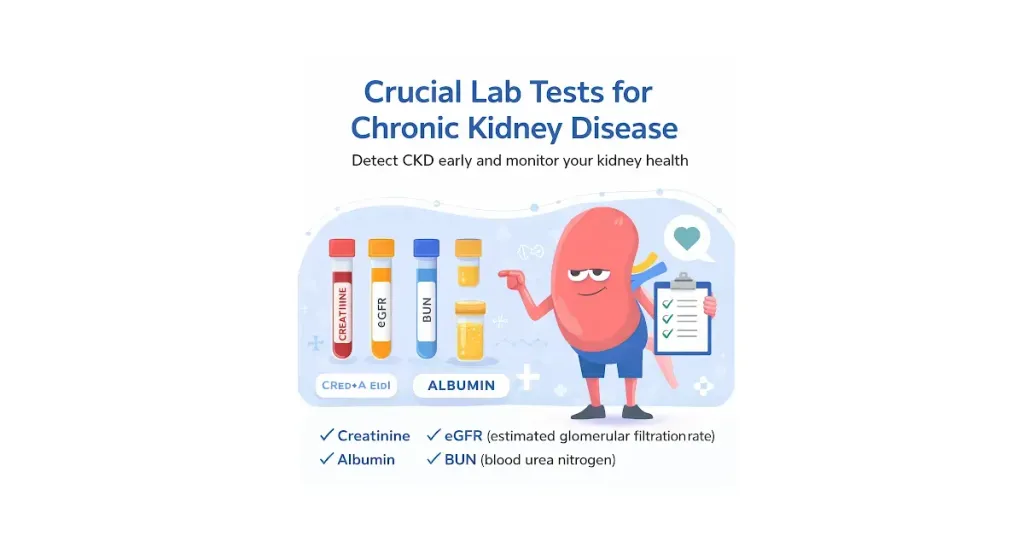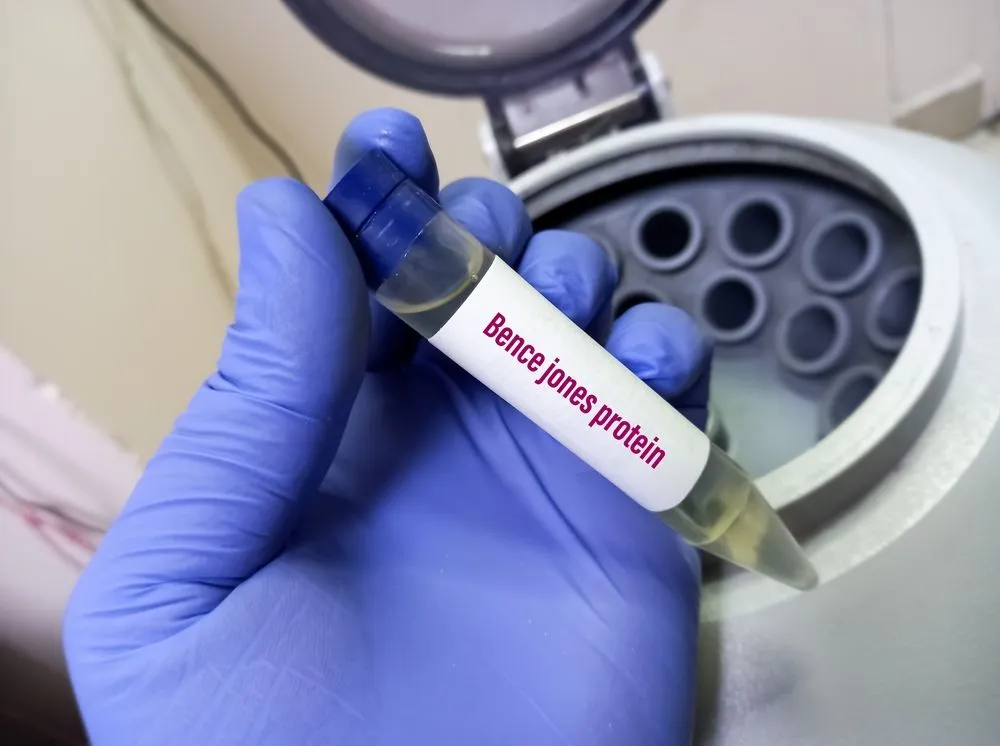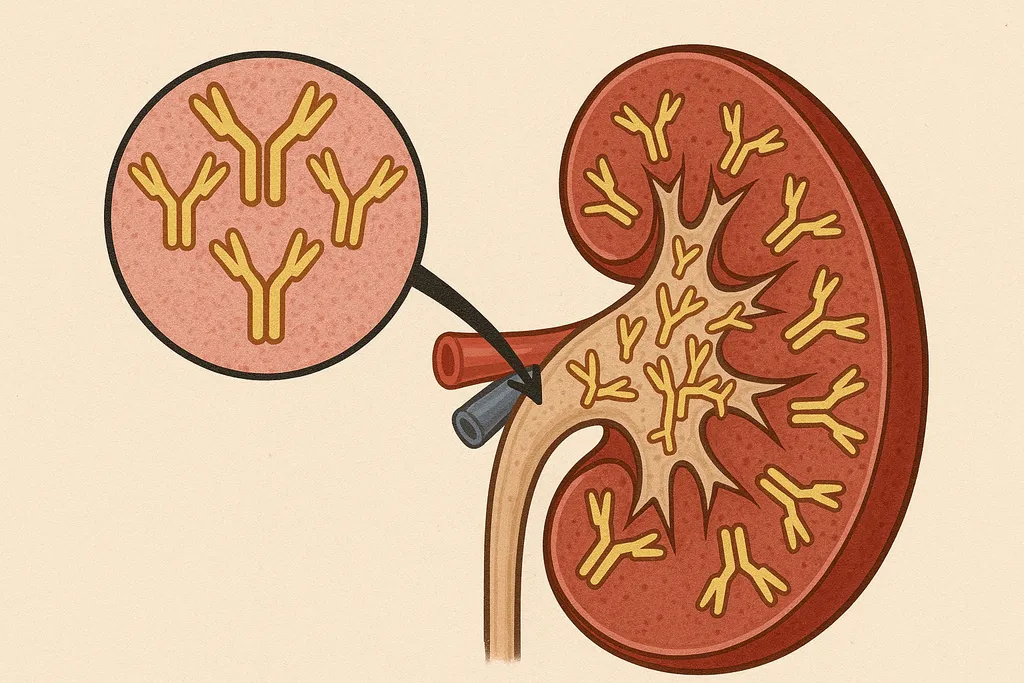What are Treatment Options for Multiple Myeloma?

The myeloma treatment world has exploded. Within the last year, we've seen a ground-breaking five FDA approvals for myeloma therapy alone, and the current clinical trials show us only more effective therapies are yet to come.
However, with the amount of myeloma drug classes, treatments, and therapies available, it can feel incredibly overwhelming when faced with a treatment decision or while listening to your multiple myeloma specialist and/or oncologist explain your treatment.
Why Do I Need a Myeloma Specialist to Help Me with Treatment Decisions?
The number of myeloma therapies available shows the importance of having a multiple myeloma specialist on your team. If you rely only on an oncologist, it's unlikely they have the time/capacity to keep track of all the updates, indications, and research accompanying these FDA approvals and treatment options.
Multiple myeloma specialists are experts who see 100-500 patients per year, who participate in academic conferences for multiple myeloma, such as ASH (American Society of Hematology), IMS (International Myeloma Society), and ASCO (American Society of Clinical Oncology), and actively research multiple myeloma through studies, surveys, and clinical trials.
Find a multiple myeloma specialist to add to your team here: Myeloma Specialist Directory
How Do I Know What Myeloma Therapy is Right for Me?
Treatment options for multiple myeloma can vary based on factors such as the stage of your disease, your overall health, and specific characteristics of your myeloma cells. Together with your oncologist/hematologist and myeloma specialist, you will make a treatment decision that is right for you.
Educate yourself as much as you can in learning about the different kinds of myeloma treatments and what options are available to you.
What are Common Treatment Options for Multiple Myeloma?
Twelve common classes of drugs/treatment options used to treat myeloma are as follows:
- Chemotherapy: this involves the use of drugs to kill or control cancer. Various chemotherapy regimens may be used, and they can be administered orally or intravenously.
- Immunomodulatory drugs: (IMiDs): medications like thalidomide, lenalidomide, and pomalidomide are examples of IMiDs. They can enhance the immune system's ability to attack myeloma cells.
- Proteasome inhibitors: drugs such as bortezomib, carfilzomib, and ixazomib disrupt the normal function of proteasomes in cells, leading to the accumulation of proteins and ultimately cell death.
- Steroids: drugs like dexamethasone are often used in combination with other treatments to help control inflammation and reduce the activity of myeloma cells.
- Stem Cell Transplant: high-dose chemotherapy is often used to destroy cancer cells, followed by a stem cell transplant to replace damaged bone marrow. This can be an autologous transplant (using the patient's own stem cells) or an allogeneic transplant (using stem cells from a donor).
- Monoclonal Antibodies: these medications, such as daratumumab and elotuzumab, are designed to target specific proteins on the surface of myeloma cells. They can enhance the immune system's ability to recognize and attack cancer cells.
- Targeted Inhibitors: these drugs are designed to stop the myeloma cell from being able to replicate and cause cell death.
- Bone Strengtheners: the medications work in different ways with one single purpose: to form new bone in your body and avoid its destruction. It's intended to maintain your body's bone cycle or metabolism in harmony.
- Radiation Therapy: this may be used to target specific areas of bone affected by myeloma or to shrink tumors that are causing pain or other symptoms.
- CAR T-Cell therapy: your own T-cells (which are part of your immune system) are engineered so they are able to attack cancerous cells. After this modification, the cells are taken back to your blood by a process called infusion.
- Bispecific Antibody Therapy: these act as a go-between, recognizing and attaching to cancer cells and joining them to the immune system’s T cells. That cancer cell-to-T cell attachment results in the T cells attacking cancer cells.
- Clinical trials: Participation in clinical trials may be an option, allowing patients access to new and experimental treatments.
Often, several drugs from different classes listed above are combined in a triplet, quadruplet, or doublet combination to more effectively treat the myeloma.
Treatment plans are often individualized. As you can imagine, there is a wide variety of combinations available that the specialist can choose from. Make sure to speak to your oncologist and specialist about what they are considering for your next treatment.
Resources
If you want to check out more myeloma medications, view them here: Multiple Myeloma Medications List
Wondering about the side effects of your myeloma treatment? Find crowd-sourced solutions here: Side Effect Solutions
The myeloma treatment world has exploded. Within the last year, we've seen a ground-breaking five FDA approvals for myeloma therapy alone, and the current clinical trials show us only more effective therapies are yet to come.
However, with the amount of myeloma drug classes, treatments, and therapies available, it can feel incredibly overwhelming when faced with a treatment decision or while listening to your multiple myeloma specialist and/or oncologist explain your treatment.
Why Do I Need a Myeloma Specialist to Help Me with Treatment Decisions?
The number of myeloma therapies available shows the importance of having a multiple myeloma specialist on your team. If you rely only on an oncologist, it's unlikely they have the time/capacity to keep track of all the updates, indications, and research accompanying these FDA approvals and treatment options.
Multiple myeloma specialists are experts who see 100-500 patients per year, who participate in academic conferences for multiple myeloma, such as ASH (American Society of Hematology), IMS (International Myeloma Society), and ASCO (American Society of Clinical Oncology), and actively research multiple myeloma through studies, surveys, and clinical trials.
Find a multiple myeloma specialist to add to your team here: Myeloma Specialist Directory
How Do I Know What Myeloma Therapy is Right for Me?
Treatment options for multiple myeloma can vary based on factors such as the stage of your disease, your overall health, and specific characteristics of your myeloma cells. Together with your oncologist/hematologist and myeloma specialist, you will make a treatment decision that is right for you.
Educate yourself as much as you can in learning about the different kinds of myeloma treatments and what options are available to you.
What are Common Treatment Options for Multiple Myeloma?
Twelve common classes of drugs/treatment options used to treat myeloma are as follows:
- Chemotherapy: this involves the use of drugs to kill or control cancer. Various chemotherapy regimens may be used, and they can be administered orally or intravenously.
- Immunomodulatory drugs: (IMiDs): medications like thalidomide, lenalidomide, and pomalidomide are examples of IMiDs. They can enhance the immune system's ability to attack myeloma cells.
- Proteasome inhibitors: drugs such as bortezomib, carfilzomib, and ixazomib disrupt the normal function of proteasomes in cells, leading to the accumulation of proteins and ultimately cell death.
- Steroids: drugs like dexamethasone are often used in combination with other treatments to help control inflammation and reduce the activity of myeloma cells.
- Stem Cell Transplant: high-dose chemotherapy is often used to destroy cancer cells, followed by a stem cell transplant to replace damaged bone marrow. This can be an autologous transplant (using the patient's own stem cells) or an allogeneic transplant (using stem cells from a donor).
- Monoclonal Antibodies: these medications, such as daratumumab and elotuzumab, are designed to target specific proteins on the surface of myeloma cells. They can enhance the immune system's ability to recognize and attack cancer cells.
- Targeted Inhibitors: these drugs are designed to stop the myeloma cell from being able to replicate and cause cell death.
- Bone Strengtheners: the medications work in different ways with one single purpose: to form new bone in your body and avoid its destruction. It's intended to maintain your body's bone cycle or metabolism in harmony.
- Radiation Therapy: this may be used to target specific areas of bone affected by myeloma or to shrink tumors that are causing pain or other symptoms.
- CAR T-Cell therapy: your own T-cells (which are part of your immune system) are engineered so they are able to attack cancerous cells. After this modification, the cells are taken back to your blood by a process called infusion.
- Bispecific Antibody Therapy: these act as a go-between, recognizing and attaching to cancer cells and joining them to the immune system’s T cells. That cancer cell-to-T cell attachment results in the T cells attacking cancer cells.
- Clinical trials: Participation in clinical trials may be an option, allowing patients access to new and experimental treatments.
Often, several drugs from different classes listed above are combined in a triplet, quadruplet, or doublet combination to more effectively treat the myeloma.
Treatment plans are often individualized. As you can imagine, there is a wide variety of combinations available that the specialist can choose from. Make sure to speak to your oncologist and specialist about what they are considering for your next treatment.
Resources
If you want to check out more myeloma medications, view them here: Multiple Myeloma Medications List
Wondering about the side effects of your myeloma treatment? Find crowd-sourced solutions here: Side Effect Solutions

about the author
Audrey Burton-Bethke
Audrey is a content writer and editor for the HealthTree Foundation. She originally joined the HealthTree Foundation in 2020. Audrey loves spending time with her supportive husband, energetic four-year-old, and new baby.
More on Core Education
Trending Articles
Upcoming Events




Get the Latest Multiple Myeloma Updates, Delivered to You.
By subscribing to the HealthTree newsletter, you'll receive the latest research, treatment updates, and expert insights to help you navigate your health.
Together we care.
Together we cure.
3x Faster.













